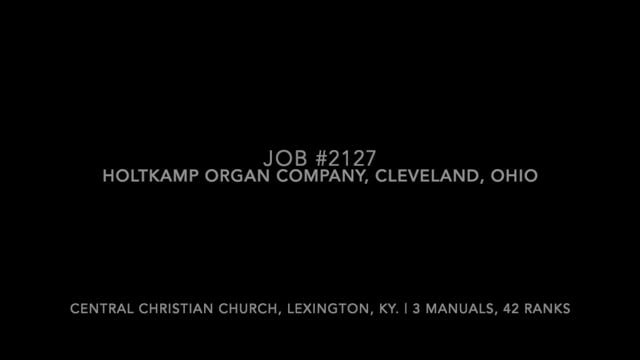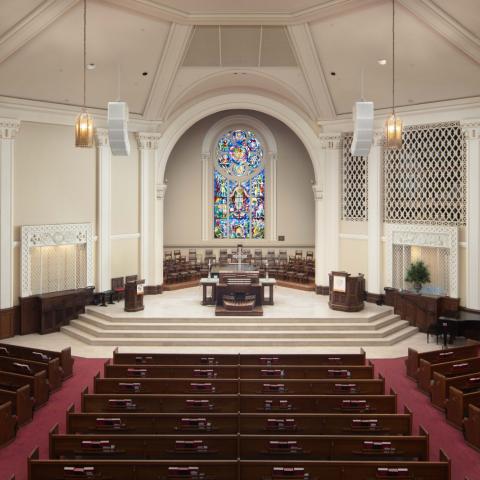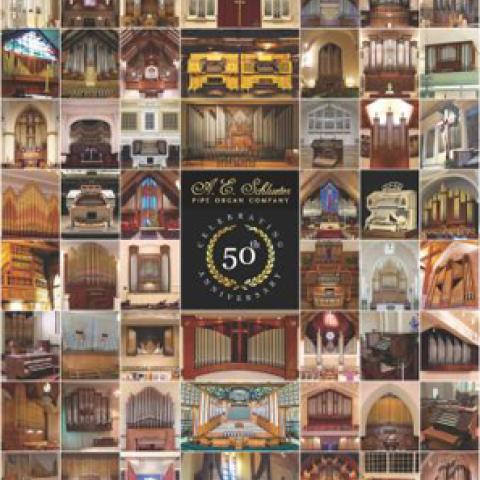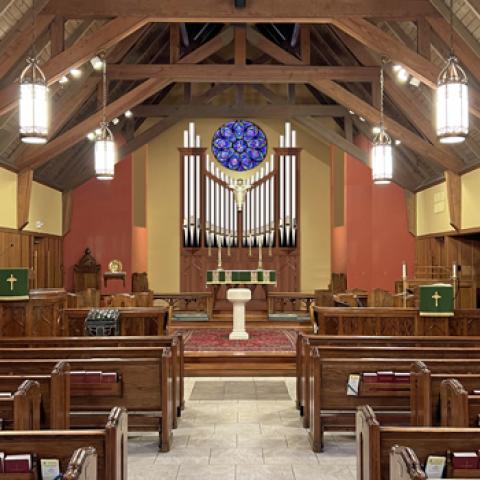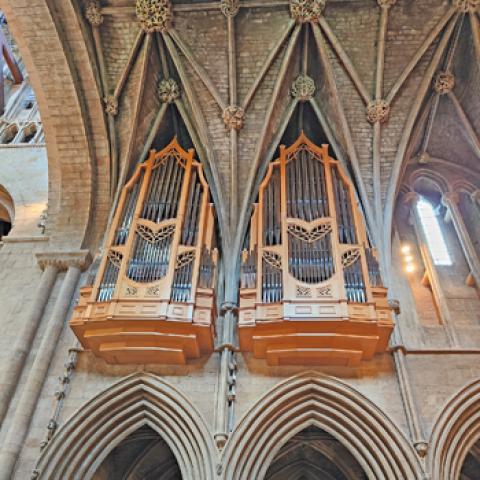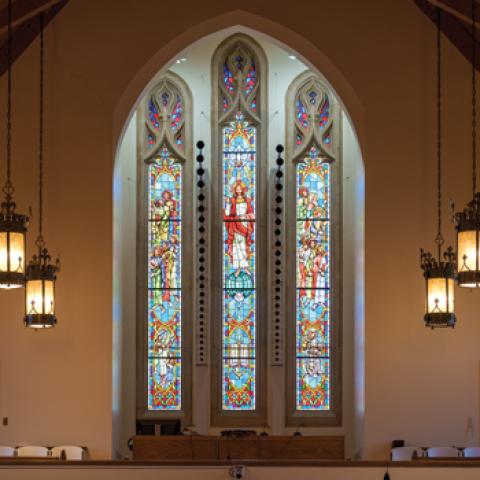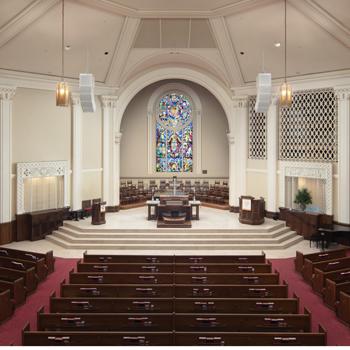
Holtkamp Organ Company has built a new for for Central Christian Church, Lexington, Kentucky. Job #2127 comprises 35 stops, 42 ranks, 2,445 pipes on three manuals and pedal.
The history of organs at Central Christian Church began with a Hook & Hastings tracker instrument in 1894. This was replaced in 1915 by a tubular-pneumatic-action organ by M. P. Möller. After a worship space fire in 1933, the Möller was rebuilt by Henry Pilcher’s Sons of Louisville, Kentucky. This was followed by an organ by the Holtkamp Organ Company in 1960. Twenty-two stops from the existing organ were included in the new organ project. Of these twenty-two stops, all were revoiced and ten were rescaled.
The organ dedication series began in September 2023 and continues on Sundays at 4 p.m.: March 10, Schuyler Robinson; April 14, David Enlow; May 19, Clif Cason; June 16, Erich Balling and Lisa Hall.
The organ is featured on the cover of the March 2024 issue of The Diapason:
https://www.thediapason.com/content/cover-feature-holtkamp-organ-company-job-2127
www.HoltkampOrgan.com
www.centralchristianlex.org/
Photo credit: Matt Peel
Other organ builder news:

